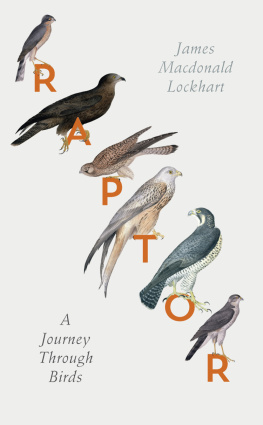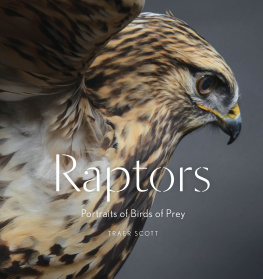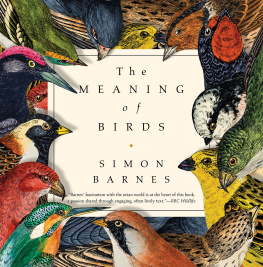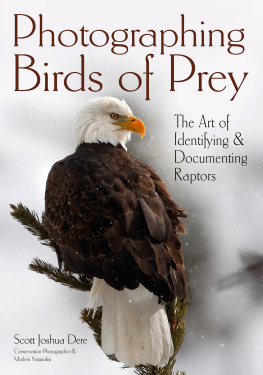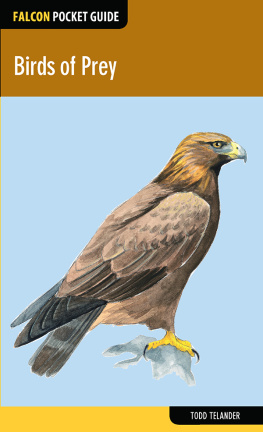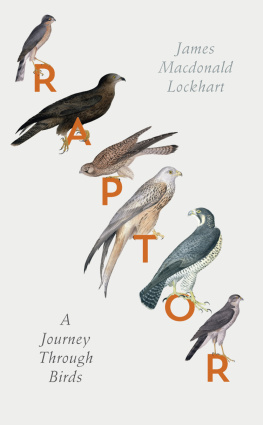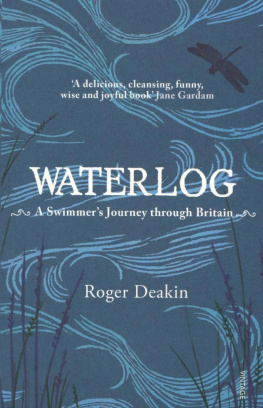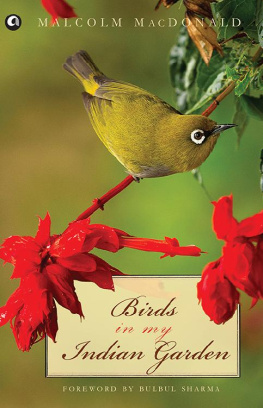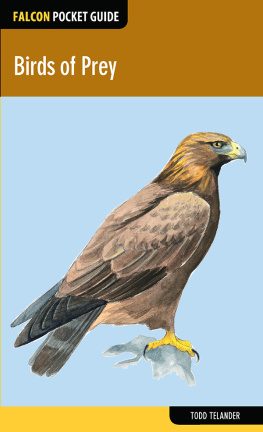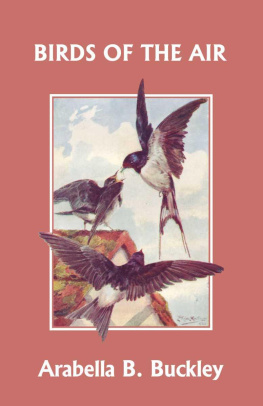Cover illustrations Mary Evans/Natural History Museum. Cover design by Jo Walker.
All rights reserved under International and Pan-American Copyright Conventions. By payment of the required fees, you have been granted the non-exclusive, non-transferable right to access and read the text of this e-book on-screen. No part of this text may be reproduced, transmitted, down-loaded, decompiled, reverse engineered, or stored in or introduced into any information storage and retrieval system, in any form or by any means, whether electronic or mechanical, now known or hereinafter invented, without the express written permission of HarperCollins.
By the term Raptores may be designated an order of birds, the predatory habits of which have obtained for them a renown exceeding that of any other tribe
WILLIAM MACGILLIVRAY ,
A History of British Birds, Volume III

I
Orkney
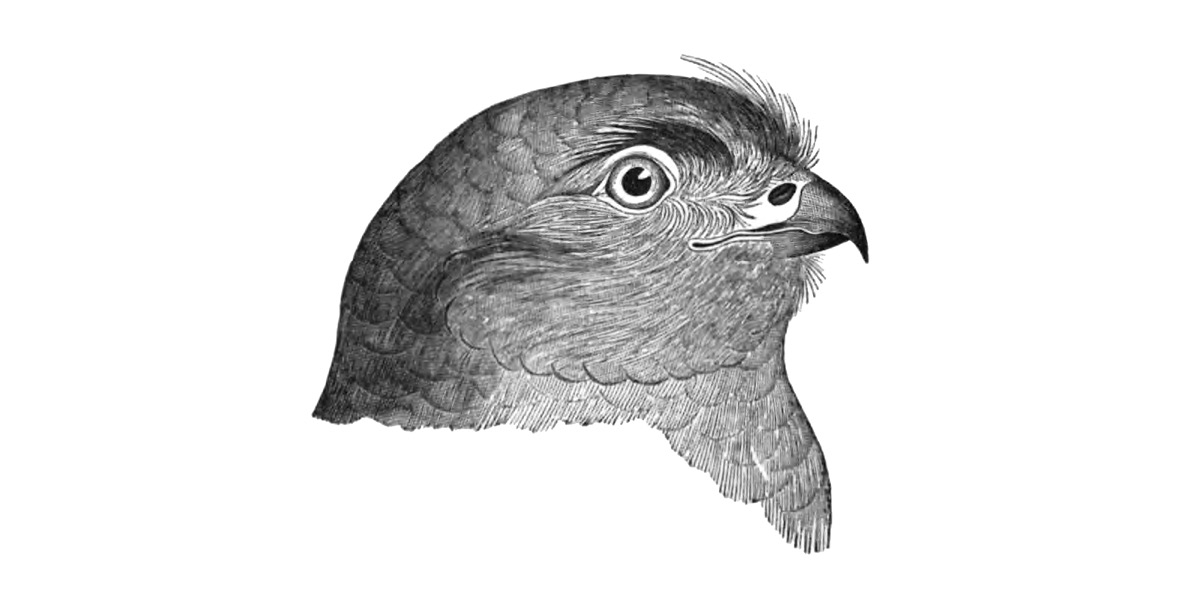
It begins where the road ends beside a farm. Empty sacking, silage breath, the car parked amongst oily puddles. The fields are bright after rain. Inside one puddle, a white plastic feed sack, crumpled, like a drowned moon. Then feet up on the cars rear bumper, boots loosened and threaded, backpacks tightened. Wanting to rain: a sheen of rain, like the thought of rain, has settled on the car and made it gleam. When I bend to tie my boots I notice tiny beads of water quivering like mercury on the waxed leather. Eric is with me, who knows this valley intimately, who knows where the kestrel has its nest above the burn and where the short-eared owls hide their young amongst the heather. We leave the farm and start to walk along the track towards the swell of the moor.
Closer the fields look greasy and soft. The track begins to leak away from under us and soon the bog has smothered it completely. We are amongst peat hags and pools of amber water. Marsh orchids glow mauve and pink amongst the dark reed grass. The sky is heavy with geese: greylags, with their snowshoe gait, long thick necks snorkelling the heather. You do not think they could get airborne; they run across the moor beating at the air, nothing like a bird. And with a heave they are up, calling with the rigmarole of it all, stacking themselves in columns of three or four. They fly low over the moor, circling above us as if in a holding pattern. When a column of geese breaks the horizon it looks like a dust devil has spun up from the ground to whirl slowly down the valley towards us.
Late May on a hillside in Orkney; nowhere I would rather be. It is a place running with birds. Curlews with their rippling song and long delicate bills and the young short-eared owls keeking from their hideout in the heather. And all that heft and noise of goose. When the greylags leave, shepherding their young down off the moor, following the burns to the lowland lochs and brackish lagoons, then, surely, undetectably, the moor must inflate a little, breathing out after all that weight of goose has gone.
We find a path that cuts through a bank of deep heather. It leads up onto the moor and the horizon lifts. I can see the hills of Hoy with their wind-raked slopes of scree and the sea below with its waves like the patterns of the scree. This morning the sea is a livery dark, creased with white lines that map the movement of the swell. It looks as if the sea is full of cracks, splinters of ice.
Wherever you turn on Orkney the sea is at your back, linking the islands with its junctions of light. It is not enough that the islands are already so scattered. The sea is always gnawing at them, looking for avenues to open up, fractures in the rock to prise apart. The sea up here has myriad ways to breach the land. It showers the western cliffs with its salty mists and peoples the thin soils with its kin: creeping willow, eyebright, sea thrift, sea plantain, all plants that love the seas breath on them.
It is a trickster sea that comes ashore with subterfuge. Orkney children once made imaginary farms with scallop shells for sheep, gaper shells for pigs, as if the sea, like a toymaker, had carved each shell and left it on the shore, waiting for a passing child. And at night selchies dock in the deep geos and patter ashore in their wet skins to slip amongst the dozing kye.
I arrived on Orkney in the dregs of a May gale. Low pressure swelling in from the Atlantic, hurting buildings and trees in their new growth, ransacking birds nests. Rushing across Scotland and speeding up over Orkney as if the gale had hit a patch of ice. The hardest thing of all up here, Id heard, was learning to endure the wind, worse than the long winter darkness. It is a fidgety wind, rarely still, boisterous, folding sheds and hen houses, raking the islands lochs into inland seas.
This morning the wind still has a sinewy strength. Lapwings are lifted off the fields like flakes of ash. Eric is telling me about the valley. He is alert to the slightest wren-flick through the heather, seeing the birds before they arrive. When he speaks the wind gashes at his words, gets inside them. The hill is shaking with wind. We pass the kestrels nest and Eric points out a clump of rushes on the hillside where a hen harrier is sitting on her eggs. She is invisible on her bed of rush and ling. Her eggs are pale white, polished, stained with the colours of the nest material. If you could see like a hawk you would notice her bright yellow eyes, framed by a white eyebrow on a flat owl-like face. The face made rounder by the thick neck ruff that flickers bronze and almond-white like the ring around a planet.
Then Eric is leaving and I dont feel I have thanked him enough. I watch him descend the moor, walking quickly along the gleaming track towards the farm and the car like a skiff bobbing amongst the lit puddles. After he has gone there is a sudden rush of rain. But the wind is so strong it seems to hold the rain up, stops it reaching the ground, flinging the shower away, crashing it into the upper slopes of the hill. Only my face and hair are briefly wet; the rest of me stays dry, as if Id poked my head into a cloud. I have never seen rain behave this way. Months later I came across a list of beautiful old Orkney dialect words for different types of rain and wondered which described the behaviour of that wind-blown shower: driv, rug, murr, muggerafeu, hagger, dagg, rav, hellyiefer A rug, perhaps, meaning a strong pull, rain that was being pulled, yanked away by the wind.
I had not thanked Eric nearly enough. For a walk like that will have its legacies, store itself in you like a muscles memory. Walking up through layers of birds, Eric explaining the narrative of the moor, where last years merlins hid their nest, where cattle had punctuated the dyke and damaged the delicate hillside. Till we reached a fold in the hills, the nesting station, where the hen harriers had congregated their nests, and we could go no further.

